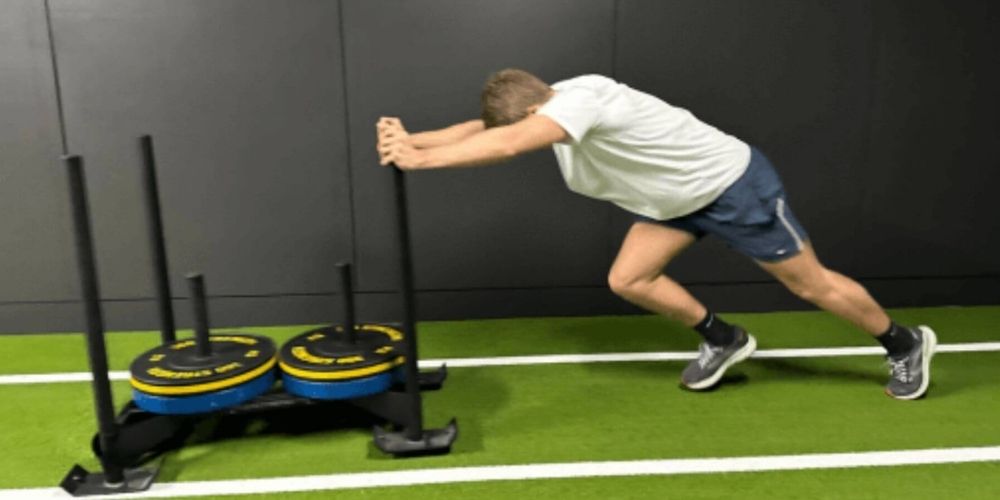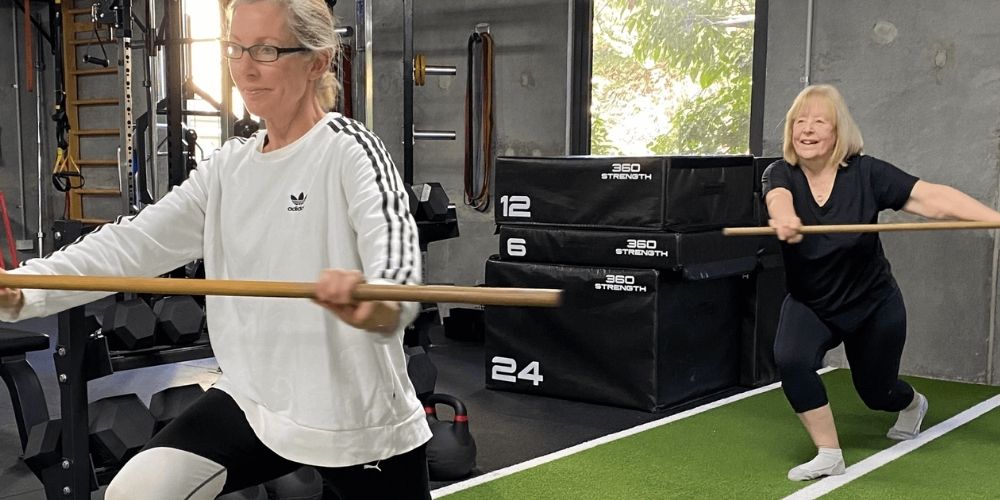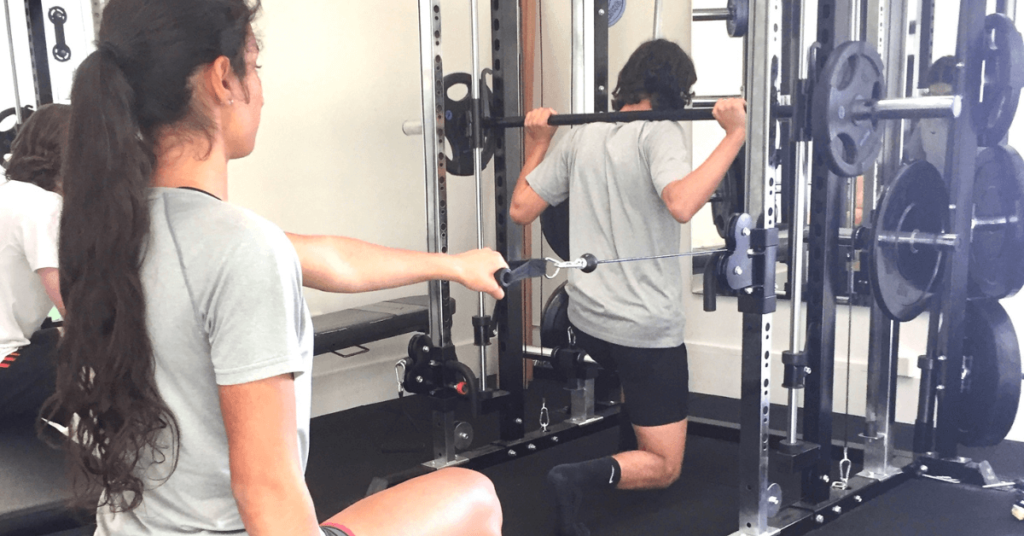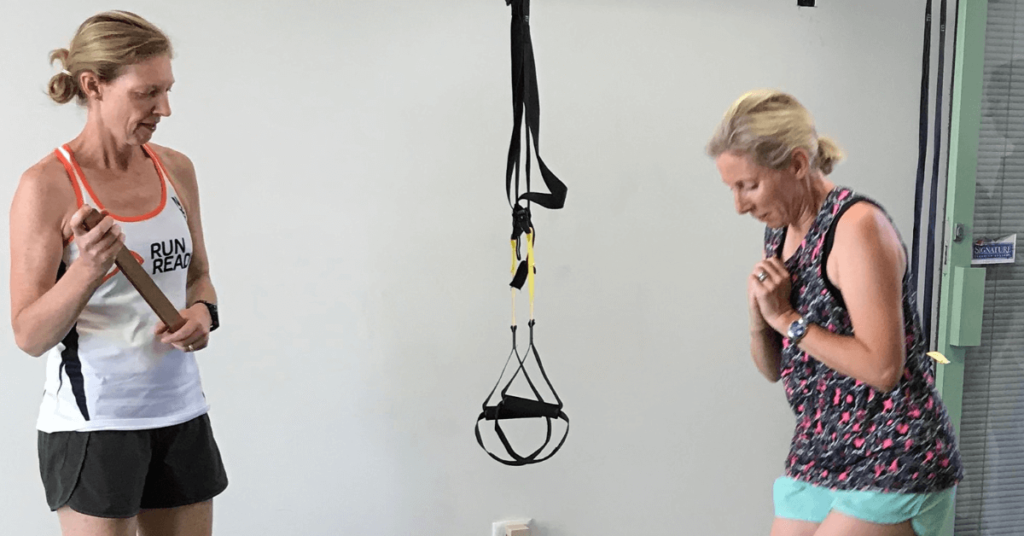Principles of Strength and Conditioning

In my many years working as a strength coach and S&C trainer, I’ve seen the transformative power of strength and conditioning among my clients. Out of the many experiences I’ve had, there’s one that stands out to this day. Some years ago, I worked with Mark, a dedicated track and field athlete. He was determined to meet his goals and he was very much passionate about running and training. Unfortunately, his overeagerness led him to train more than necessary, leaving him unsatisfied with the results and facing burnout. Realising what had happened, I took the time and effort to explain the principles of strength and conditioning to Mark. We discussed the importance of rest, progressive overload, and how dynamic workouts can improve athletic performance and avoid burnout. With this knowledge, Mark faced training head-on, incorporating recovery days, gradually changing the intensity of his workouts, and doing cardio exercises, flexibility routines, and strength training. He’s now on the way to reaching his goals! This strengthened my belief that knowledge is indeed, power. Learn about the principles of strength and conditioning and be on your way to become the best version of yourself!
Strength and conditioning, what is it?
Strength and conditioning is the practical use of sports science to increase movement efficiency and performance. Resistance to muscle contraction must be used during strength and conditioning exercises to get the desired outcomes. Strength and conditioning training is also very advantageous since it improves a person’s general health and well-being. You may use it to train your core, increase mobility, power, speed, and fitness, and promote injury recovery. Utilising strength and conditioning to develop specialised training regimens based on your preferences, exercise history, injury history, present physical capability, and any existing exercise and health objectives is a major advantage.
What are some of the most common exercises for strength and conditioning?
In strength and conditioning, exercise is of utmost importance. Exercise is a must because strength and conditioning aim to improve efficiency and performance by strengthening muscles and joints. So many kinds of exercises specifically target certain parts of your body that it may be overwhelming to figure out which exercise best works for you. You’re in luck! You’ll probably be familiar with the strength exercises below if you’re training in a strength and conditioning gym like ours at Run Ready.
- Push-ups: One of the most commonly done exercises includes the push-up. The push-up is a highly effective way to build your upper body and strengthen your shoulders, chest, and triceps. Lower yourself from a proper plan position until your chest reaches the floor. Don’t drop to the ground! Keep your body straight and lift your body back up by using your arms. Repeat.
- Squats: The squat is one of those types of exercises that are used in our daily life, such as sitting down, lifting heavy objects, etc. Squats are good for shaping and strengthening your lower back and legs. Stand with your feet shoulder-width apart. Pull your hips back while bending your knees until you reach the squat position. Hold. Slowly go back to the original position and repeat.
- Deadlifts: Compound exercises, such as deadlifts, make utilisation of several substantial muscle groups. They may work wonders for enhancing lean muscle growth, strength, and power. You can execute the deadlift using dumbbells, but it is often done with a bar and plates or a stationary barbell.
- Benchpress: A traditional exercise for building upper body strength, the bench press focuses on the shoulders, triceps, and chest. You must press weight upward while laying on a bench using a barbell or a set of dumbbells. With your arms extended, you press upward while lowering the weight to chest level during a bench press. There are various modifications to the classic barbell bench press since not everyone can perform it. This allows people to practice this important movement pattern in a secure and comfortable manner.
- Burpees: A leap, a squat, a plank, and a push-up are all combined into one workout called a burpee. The burpee is a superb exercise that works every muscle in your body, including your aerobic system. It’s a great stand-alone workout or an energising addition to your fitness routine.To begin, stand straight up with your feet shoulder-width apart and your arms at your sides. Squat, bend your knees, and place your palms before your feet. Push your legs back into a push-up position, maintaining a straight line from the shoulders to the heels. Your body weight should be placed on your hands. Slightly jump back into a squatting position and jump upwards. Repeat.
- Kettlebell Swings: Kettlebell swings are one of the best total-body workouts if you’re short on time. Your heart rate will increase as a result of this strength and aerobic activity. If you implement it into your daily routine, it is simple to prevent the negative consequences of bad posture and a weak backside. It will also improve your general strength, conditioning, and athleticism. Kneel down, engage your core, keep your heels firmly planted, and grasp the kettlebell handle. Holding the “bell,” stand tall.
Keep your arms extended and relaxed while contracting your core and pressing your shoulder blades together. Lower your butt back and down towards the wall behind you while softening your knees and shifting your weight into your heels. From your quads, swing the weight upwards. Your arms should be extended wide, and the height of your swing should reach your chest. Allow the weight to do the work as the kettlebell starts to fall as you are ready to perform the following rep. Put your weight back into your heels, hinge at the hips, and load your glutes and hamstrings. Absorb the kettlebell’s weight and let it ride back between your legs. Drive through your heels and hips to repeat as the kettlebell moves back and forward.
What are some common mistakes to avoid when doing strength and conditioning training?
No matter your age, weight, or gender, strength training is a fantastic idea. Your current and future health will benefit greatly from the training. Sadly, most of us lack access to a personal trainer to stand by our side and point out our mistakes. This implies that it’s not unusual for most individuals to be doing something incorrectly when it comes to strength training. Whatever feels odd about your program, taking a break to identify the problem might help you resolve it. Here is a summary of the most frequent strength training errors that may and ought to be avoided:
- Lifting weights that are too heavy: There are a lot of instances when our ego can get in the way of optimal training. If you lift heavier than you can manage, you’re risking yourself to get injured, and that’s not what we aim for!
- Having improper form and using wrong techniques: Exercising using the proper form will maximise the use of your joints and muscles. Doing otherwise places you in a vulnerable position to get injured.
- Doing the same routine repeatedly: If you don’t change up your routines and workouts at the gym, your body is bound to adapt and reach a plateau.
- Having an insufficient diet and nutrition: Balanced nutrition goes hand in hand with strength and conditioning. Feed your body the nutrients it needs to get the best results.
- Over training: According to several studies, our body’s muscles need between 24 and 48 hours to recuperate after an exercise. The greatest technique to allow your muscles to heal on their own is to rest.
What are the principles of strength and conditioning?
Strength and conditioning is a physical exercise that improves your overall fitness and performance. This all-encompassing strategy focuses on various factors, including power, strength, endurance, speed, agility, and coordination. It benefits people of all ages and fitness levels, serving a variety of aims, whether it’s enhancing athletic skills, losing extra weight, or preserving general well-being. There are several key principles that underlie strength and conditioning training. If you take these principles into consideration when working out, you’re sure to get amazing results!
Overload
As a strength coach, I place a strong emphasis on the idea of overload with my clients. It is a basic idea in strength and conditioning. It simply indicates that a person must continually push their body beyond what it is accustomed to in order to advance and enhance their physical ability. Overload assures improvement by posing difficult shifts in resistance, topography, movement complexity, and other factors. Consider an individual who can perform an activity while easily lifting a 20-pound weight. I would gradually raise the weight, possibly to 25 pounds, to utilise the overload concept. Their muscles are put to the test by the added resistance, which compels them to adjust to the heavier burden. We would gradually raise the weight as the individual grew accustomed to lifting 25 pounds.
Individuality
Because each individual is different, what works for one person might not work for another. The necessity of tailoring your strength training program depending on elements like age, fitness level, and goals is emphasised by the notion of individualisation. This guarantees that your training is appropriate for your particular needs and is both safe and effective. Suppose two of my clients are interested in increasing their general fitness and strength. Client B, on the other hand, is a 55-year-old person trying to improve their health and mobility, whereas Client A is an athlete with a background in competitive sports. I would create a program for Client A focusing on explosive power and sport-specific drills to match their athletic experience. The program would involve high-intensity workouts. However, I would design a more gradual and functional program for Client B that puts safety, joint health, and functional movements first. Workouts may include bodyweight exercises, resistance bands, and mobility work to meet their unique demands and consider their advancing age.
Progression
The training stimulus must progressively and continuously grow if the necessary training adaptations for a particular activity or skill are to be consistently attained. This suggests that the overload can happen at a certain level and throughout a certain period. Progression dictates that one should not increase training time, distance traveled, or weight employed in a particular exercise or activity by more than 10% weekly. This is important information to convey to athletes. Following the 10% rule minimises the risk of overuse injuries while allowing for progressive bodily adaptations.
Let’s say I have a client who has been consistently performing a certain exercise while lifting a 30-pound weight for a number of weeks. I’d advise them to raise the weight to utilise the progression concept gradually. In later sessions, they could switch to a 35-pound weight. Thanks to this progressive improvement, they are always pushing their boundaries and straining their muscles. My client may eventually find it easier to lift the 35-pound weight, a sign of increased strength. As their talents advance, we would keep increasing the weight to preserve progression. This gradual, regulated progression avoids plateaus and helps my client reach their fitness objectives regarding strength and conditioning more successfully.
Diminishing returns
The level of performance gains is related to an individual’s training age, or training experience. Beginners frequently see significant gains in their early performance, but seasoned athletes advance more slowly. It gets harder for athletes to make more progress when they get closer to their genetic potential. The key to continuing to grow is continually improving their weakest areas.
Reversibility
An athlete won’t be able to maintain a certain level of performance if their training regimen is discontinued for an extended time. The gains they previously gained will gradually revert to their starting state as time goes on. For instance, if a weightlifter stops using weights for a year, their strength increases may slow down, and they may revert to their starting strength level.
Specificity
The body’s reaction to physical exercise is very particular to the activity itself, according to the specificity of training theory. Resistance training needs to be specific if it is to target the muscle groups employed in the sport. Additionally, identical actions from the sport should be replicated in training at a similar pace. In order to improve strength for that speed for that action in swimming, strength training for swimming would therefore utilise a lat pull-down to simulate the pulling motion of swimming.

Looking for a reliable and effective strength and conditioning coach may seem daunting. With the number of strength coaches available in Melbourne, it’s best to look for a strength coach who is certified by legit organisations like the National Strength and Conditioning Association (NSCA) and the Australian Strength and Conditioning Association (ASCA), just like our strength coaches here at Run Ready.
Working daily is great, but it’s not always the optimal choice. According to strength trainers and gym coaches, doing strength and conditioning workouts at least twice to thrice per week is ideal. The frequency of your workouts will always depend on your fitness goals and current fitness level.
A proper diet is crucial to fuel your workouts, promote muscle development and recovery, and maintain general health. Nutrition and hydration are essential for an effective strength and conditioning program. You need the proper nutrients to build muscle if you want to see gains. This implies that gaining muscle requires careful attention to what and how much you eat. Lifting and strength exercises might cause muscle tissue loss without sufficient nutrition, particularly without enough protein.




